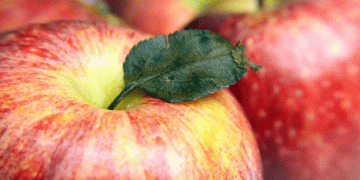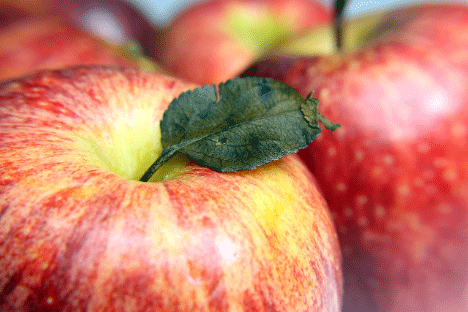The Polish apple sector is facing a challenging season, with unofficial estimates suggesting a 30% reduction in apple production compared to last year. This decrease translates to approximately 3 million tons of apples, reflecting a difficult period for Polish fruit growers who have struggled with adverse weather conditions throughout the year.
Adverse Weather Impacts
The season began with frost damage, which was a major concern for apple growers. Efforts to protect the remaining buds and minimize frost damage were crucial but insufficient to prevent the overall decline in fruit yield. By mid-May, it was evident that the apple harvest would be significantly smaller than in 2023.
Compounding the problem, hailstorms in June and July caused further losses. The cool and rainy spring also led to poor pollination, which, combined with an earlier and more intense bud drop, exacerbated the production issues. These factors have collectively contributed to a notable reduction in apple yields.
Varietal Differences and Market Impact
Despite the overall decline, Polish consumers and key export markets will not face a complete shortage of apples. However, the availability of specific apple varieties will vary significantly. For instance, the Jonagold variety will see a marked reduction in supply due to both unfavorable weather conditions and weaker blooming and fruit setting. Similarly, the Ligol variety will be less available.
In contrast, popular varieties like Szampion and Gala have fared better. The Gala variety, in particular, is increasingly cultivated in Polish orchards and has gained popularity among domestic consumers. It also plays a significant role in Poland’s apple exports, reaching both European and distant markets such as Asia.
Poland’s apple harvest for the current season is set to decline by around 30%, primarily due to a combination of frost damage, hailstorms, and poor pollination conditions. While some apple varieties will be in short supply, others like Gala are expected to perform better, mitigating the impact on both domestic consumption and export markets. A definitive assessment of the harvest will be possible only after the completion of the picking season.
































